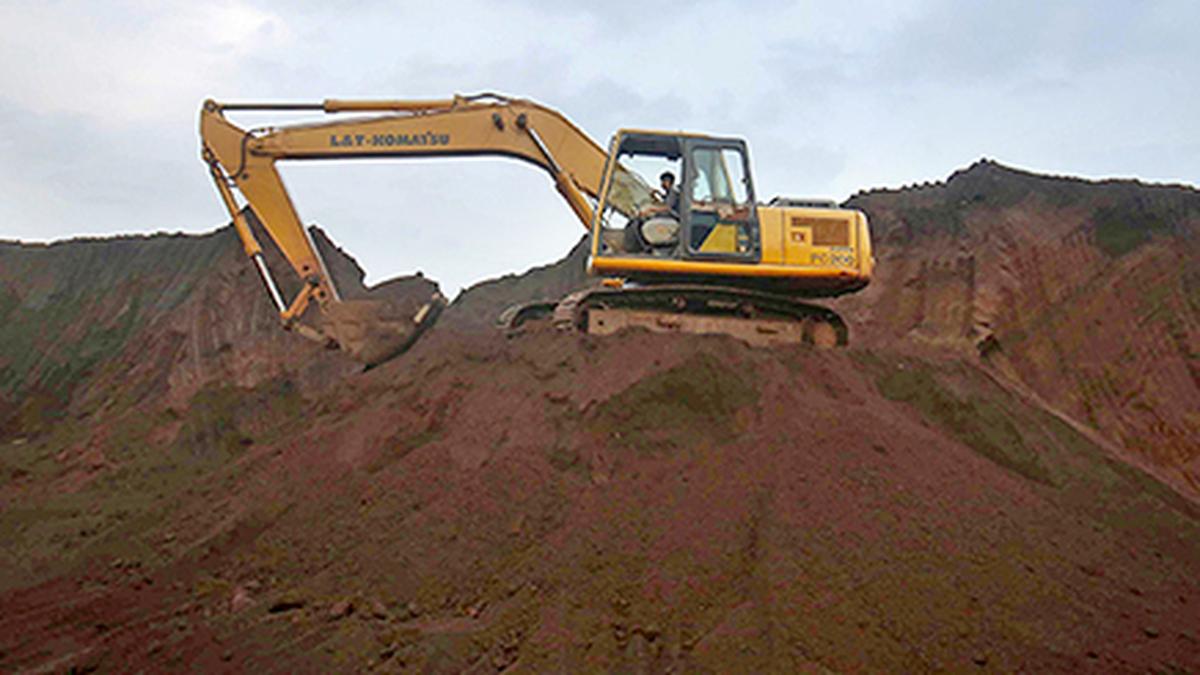Now Reading: China Claims Brahmaputra Dam Won’t Affect India, Bangladesh
-
01
China Claims Brahmaputra Dam Won’t Affect India, Bangladesh
China Claims Brahmaputra Dam Won’t Affect India, Bangladesh
Swift Summary
- Project Details: China has begun construction of the world’s largest hydropower dam on the Brahmaputra River,locally known as Yarlung Zangbo,in Tibet’s Nyingchi City near the India-China border (Line of Actual Control – LAC).The dam is expected to generate over 300 billion kWh annually, capable of meeting the energy needs of more than 300 million people.
- Environmental Concern: Indian authorities and critics have raised alarm over potential environmental risks due to its location on a tectonic plate boundary prone to earthquakes. Arunachal Pradesh CM Pema khandu likened it to a “ticking water bomb” and highlighted china’s lack of adherence to international water treaties.
- Flood Risks: concerns persist that China coudl manipulate river flow or trigger flooding in downstream areas within India.
- China’s Position: Chinese officials claim the project adheres to high ecological standards and will bring benefits such as clean energy and disaster prevention for communities along the river. they assure no adverse impact on lower riparian countries like India or Bangladesh but maintain it is indeed a matter of China’s sovereignty.
- Tensions Over Data Sharing: Hydrological data sharing between India and China under their Expert Level Mechanism (ELM) has faced obstacles following recent border disputes.
- Bangladesh Reaction: Chinese assurances were extended to Bangladesh through its envoy, stating no withdrawal or diversion of water would occur.
Indian Opinion Analysis
China’s enterprising hydropower dam project raises multifaceted concerns for India. While eco-kind energy growth is commendable globally, India’s apprehensions stem from geopolitical trust deficits, environmental vulnerabilities, and limited influence due to China’s non-signatory status on global water treaties. The implications for lower riparian states include risks tied both directly (flood control) and indirectly (border security tensions).
The proximity near LAC intensifies strategic dimensions amid continued discussions about water sharing mechanisms under strained bilateral relations post-Ladakh standoff. While China’s stated commitment towards cooperation may offer some reassurance superficially, ensuring transparency through actionable data exchange could prove key in preventing future crisis scenarios.
Read More Link from Input Provided























